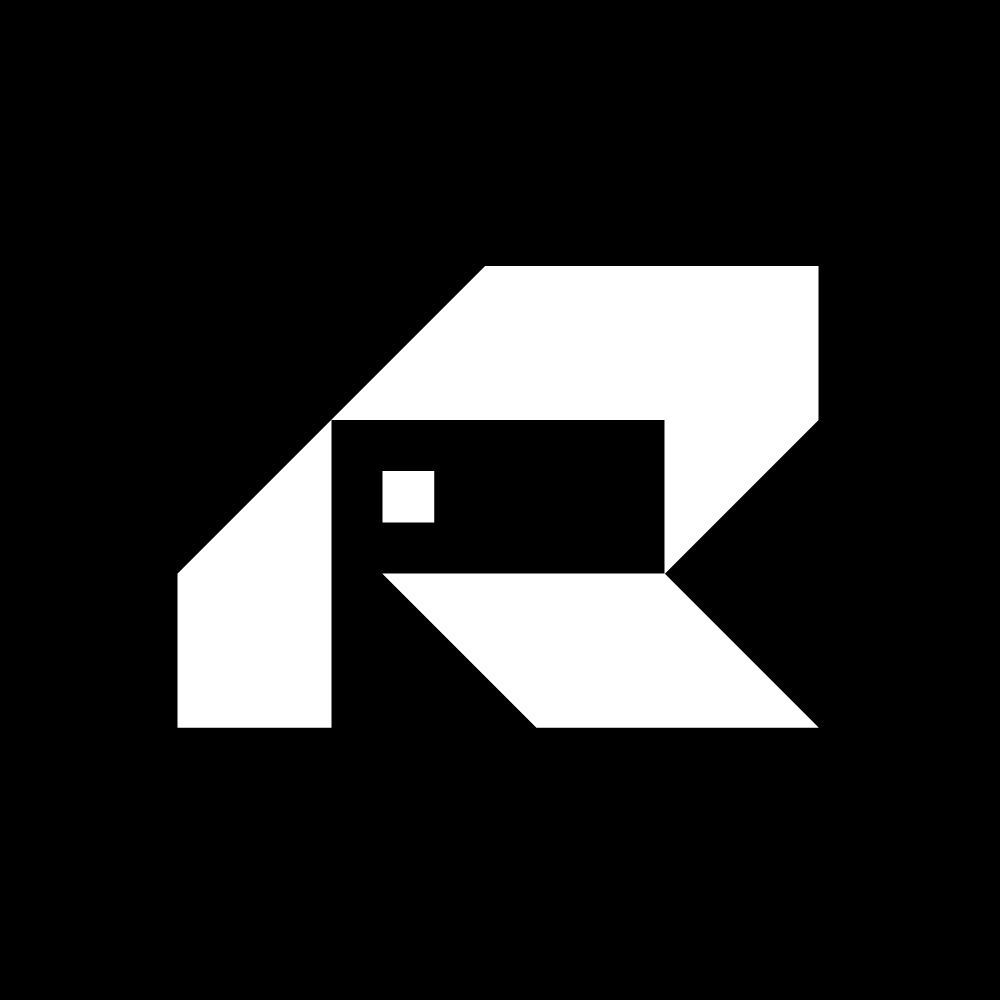858 reads
Finding a CTO for Your Startup
by
June 17th, 2022
Audio Presented by
About Author
We turn AI ambition into working systems — GenAI, data, and everything in between
Comments
TOPICS
Related Stories
7 Traits of a Great CTO
Aug 14, 2017
7 Traits of a Great CTO
Aug 14, 2017
